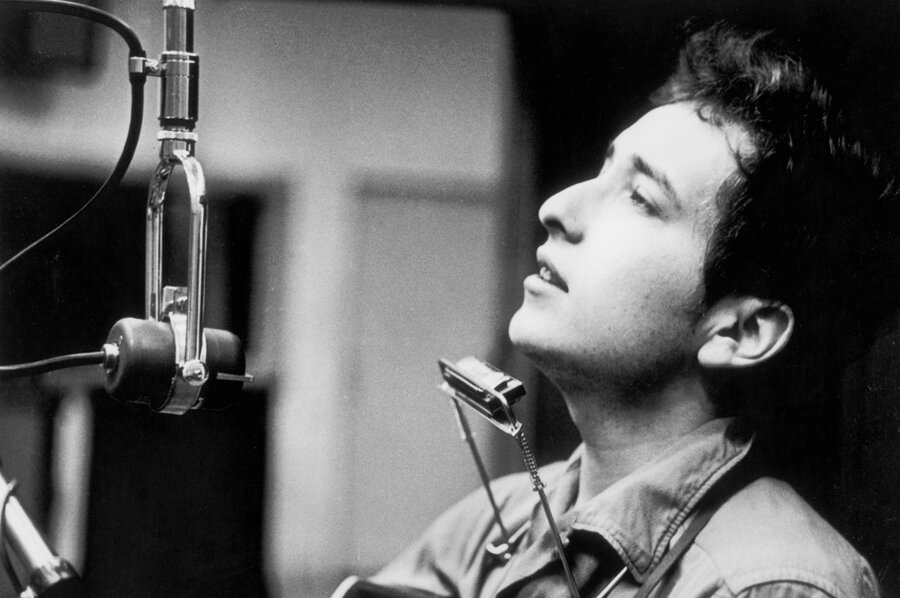Bob Dylan unfiltered: Fall tour brings new releases, old recordings
Loading...
When 19-year-old Bob Dylan arrived in New York in 1961, the record companies were still run by middle-aged men whose tastes ran to Tommy Dorsey and Benny Goodman.
In his high school yearbook, Dylan had said his goal was to join Little Richard's band. One thing's for sure: He and the Georgia Peach share a trait indispensable to show business success, which is to sound like no other entertainer before or after them.
Few executives understood what Dylan was up to, but John Hammond, who signed him to Columbia Records, did. As Hammond said, "I understand sincerity."
As Dylan's fall tour begins, his fans will get a chance to hear what Hammond heard with the release of two new sets of recordings: Columbia Records "The Witmark Demos: 1962-1964 (The Bootleg Series Vol. 9)" and Columbia/Legacy's "Bob Dylan: The Original Mono Recordings," the artist's first eight albums.
Both sets have been long sought after by collectors; the Witmark demos are seeing their commercial release nearly five decades after they were first recorded, and the mono recordings return to the marketplace for the first time on CD as well as vinyl.
The 47-song Witmark demos (so called after M. Witmark & Sons, Dylan's first publishing company) present the unfiltered Dylan, the man with nothing but his guitar and harmonica and occasionally a piano on which he chunks out the chords guitar-style; on "Mr. Tambourine Man," there's the distinct sound of a foot keeping time.
In the absence of studio production values, it's easier to see how the songwriter's genius first showed itself as he took existing musical templates, stripped them to their bare essentials, and reloaded them with new information: the ramblin' man song ("Don't Think Twice, It's All Right"), the protest tune ("Blowin' in the Wind"), the say-hello-to-my-baby song ("Girl From the North Country"), the Old World ballad ("Seven Curses").
Here is where Dylan parted company with the other folk-song writers of his day. Realizing that to continue with the traditional melodies would be an artistic dead end, he began to write the songs that, as he says in his 2004 autobiography, established him as "a fictitious head of state from a place nobody knows." These are the songs that appear on the eight albums from "Bob Dylan" (1962) to "John Wesley Harding" (1968) that make up the new mono recordings.
In his liner notes to the mono box set, cultural critic Greil Marcus fans the flame of the recent mono resurgence, complaining that stereo "meant the guitar over here and the voice over there, with the feeling that neither were quite there at all." There's nothing diffuse about mono, Marcus says: "It got your attention. It hit you in the face."
The fans will have the ultimate say, but if Marcus is right, that may be all the artillery the head of an invisible empire needs.





